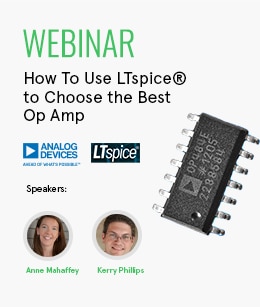In this episode we are looking at a couple of welding positioners that I worked on. Retrofitting one from an old lost PLC to arduino, and another built from scratch. Both of these devices are designed for use with a TIG welder. The rotary positioner puts the work where you need it, and the linear positioner holds the torch and moves it in a precise line to get perfect dimes!
Bill of Material:
| Product Name | Manufacturer | Quantity | Buy Kit |
|---|---|---|---|
| Arduino UNO | Arduino | 2 | Buy Now |
| Toggle Switch | EATON | 2 | Buy Now |
| Rotary Encoder | Bourns | 1 | Buy Now |
| Power Supply | XP Power | 2 | Buy Now |
Additional Parts:
| 3v Relay Module |
| 8ch Optoisolator |
| NEMA 34 Stepper Motor |
| NEMA 32 Stepper Motor Driver |
| 20x4 I2C LCD Display Module |
| Arduino UNO Screw Terminal Breakout Board |



Top Comments
-

kmikemoo
-
Cancel
-
Vote Up
0
Vote Down
-
-
Sign in to reply
-
More
-
Cancel
Comment-

kmikemoo
-
Cancel
-
Vote Up
0
Vote Down
-
-
Sign in to reply
-
More
-
Cancel
Children